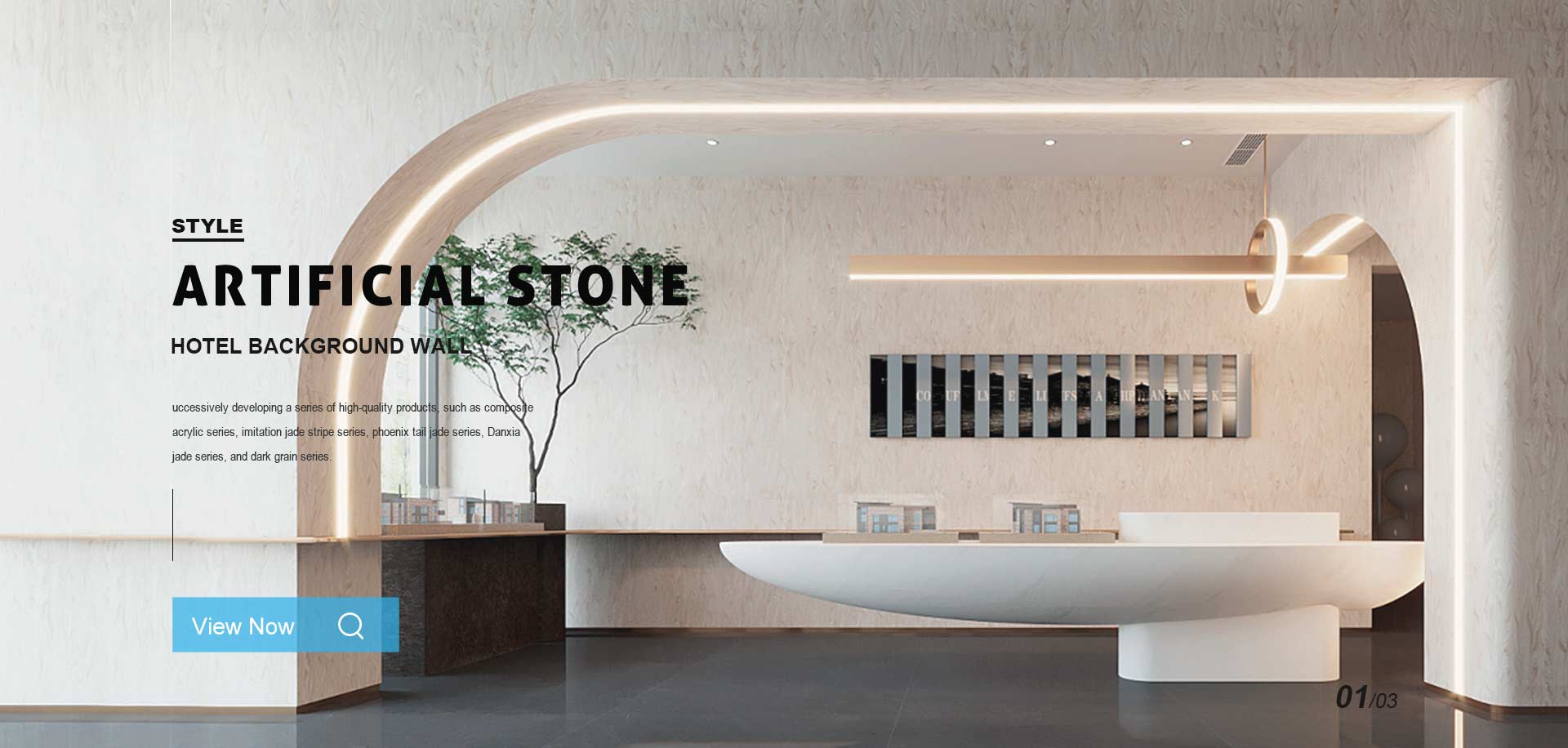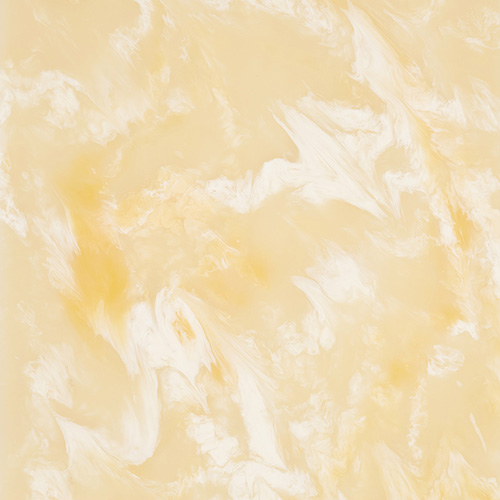
Translucent Stone veneer achieves its semi-transparent quality through a combination of stone selection, thin slicing, and backlighting techniques. This innovative material transforms natural stone into a captivating element that allows light to pass through, creating a mesmerizing interplay of illumination and stone texture.

The process begins with carefully selecting stones known for their translucent properties, such as onyx, marble, or quartzite. These stones possess varying degrees of translucency due to their mineral composition and unique crystalline structures. The selection process ensures that the stone's natural veining, colors, and patterns contribute to the visual appeal when illuminated.
After stone selection, the chosen material is expertly sliced to a thin dimension, typically ranging from 1mm to 5mm. This thinness allows light to penetrate through the stone while preserving its inherent qualities. The slices are meticulously crafted to maintain the stone's integrity and characteristics, ensuring a seamless balance between light transmission and visual aesthetics.
The transformative aspect of translucent stone veneer lies in the backlighting technique. LED lights or natural light sources are positioned behind the stone slices to achieve the desired luminous effect. The light travels through the thin stone layers, enhancing its translucency and causing the stone's natural patterns to come alive with a warm and inviting glow. The interplay of light and stone creates a dynamic visual experience, showcasing the intricate details of the stone in a way that traditional stone materials cannot achieve.
The choice of backlighting source, intensity, and positioning significantly influences the final outcome. Skillful design and engineering ensure that the backlighting is evenly distributed, emphasizing the stone's unique textures and colors while maintaining a balanced and harmonious visual effect.
In conclusion, translucent stone veneer achieves its semi-transparent quality by carefully selecting stones with inherent translucency, slicing them to a thin dimension, and strategically employing backlighting techniques. This process results in a captivating design element that adds depth, warmth, and visual enchantment to various architectural and interior spaces.